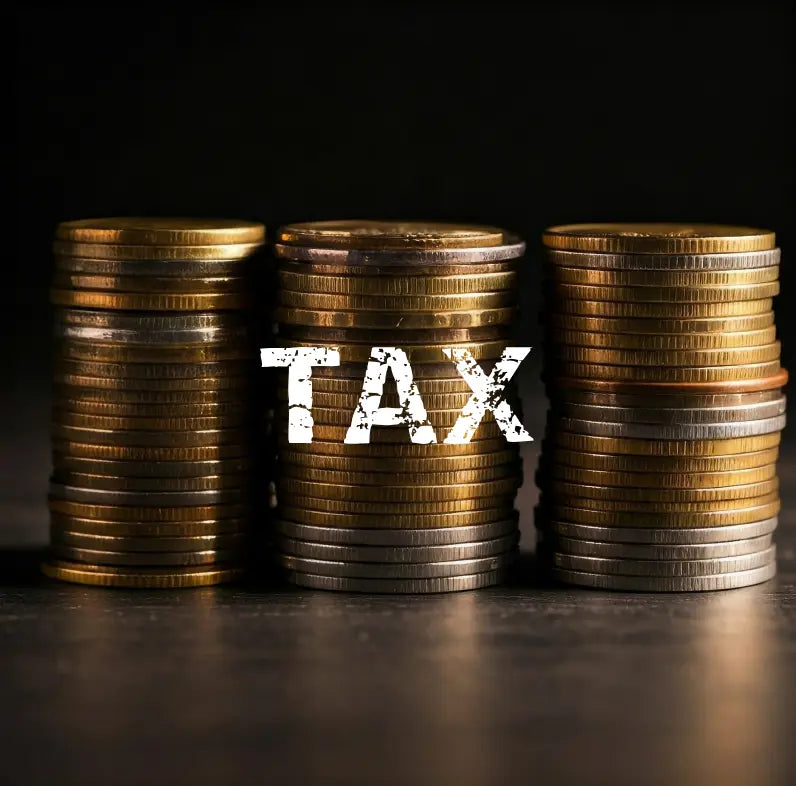
UK Vape Tax 2026: What is changing and why?
|
|
Time to read 4 min
Our Vaper Level system makes it easier for you to find the right vape products for you. Each product page is tagged with a recommended experience level which is colour coded and easily recognisable. View out full guide to find out what level you are!

Absolute beginners looking for a simple device to make the switch from smoking.

Moderate experience with vaping, confidence: changing coils and requiring adjustable settings.

Experienced and knowledgeable vapers needing advanced features or rebuildables.
Our advisors are available: Monday-Friday, 8.30AM-5.30PM
Contact Options
Follow @evovapinguk for exclusive offers and updates:
Submit our quick and easy registration form to get started as an Evolution Vaping wholesale customer!










over £20 + Same day dispatch
WITH EVERY PURCHASE
Table of contents
The UK Vape Tax 2026 represents a significant shift in the vaping industry, with wide-reaching implications for consumers, businesses, and public health. Whether you're a vaper, retailer, or simply curious about the policy, we’ll break down how the UK Vape Tax aims to reshape the affordability and accessibility of vaping products.
Starting on 1st October 2026, the UK government will introduce a vape tax, imposing a flat rate of 22p per ml on vape liquids, excluding VAT. This equates to an additional £2.20 per 10ml e-liquid, affecting both nicotine and non-nicotine liquids.
Products such as pre-filled pods, nic salts, shortfills, and nic shots will be subject to this tax, while vaping hardware remains unaffected. Disposable vapes, which are set to be banned in June 2025, are also excluded from this duty.
The UK government plans to introduce a vape tax to address several concerns. One major reason is to discourage non-smokers, especially young people, from taking up vaping. By increasing the cost of vaping products, the government aims to make them less accessible and reduce youth vaping rates.
Additionally, the UK vape tax is expected to generate significant revenue, which will be used to fund public services like the NHS and support smoking cessation initiatives. This aligns with the broader goal of creating a "smoke-free generation" and tackling health issues related to smoking and vaping.
The table below highlights the changes in costs for various e-liquid products between their current average prices and their projected costs in 2026 after the 0.22p per ml increase.
| Bottle size | Price increase |
|---|---|
| 10ml: Including 0 nicotine / Nic shots | £3.99 → £6.19 |
| 50ml Shortfill | £11.99 → £22.99 |
| 100ml Shortfill | £14.99 → £36.99 |
| Prefilled Pods (2 x 2ml) | £5.99 → £6.43 |
Manufacturers and importers will bear the brunt of the financial burden, as the duty is payable at the points of import or production. This could result in reduced product variety, with manufacturers focusing on high-demand items.
Similar trends have been observed in the tobacco industry, where market dominance shifted to larger players, reducing competition.
As legal vaping options become more expensive, the black market may expand. It's supposed to curb vaping... but could cause a boom in 'dangerous' black market sales. The vaping industry already faces challenges from unregulated products, and the disposable vape ban in 2025 could exacerbate this issue. DIY solutions and illicit workarounds may flourish, as enforcement remains underfunded.
The vape tax is supposed to stop kids from vaping and help fund public services, but it could have other effects that aren’t so clear. For adults who vape to avoid smoking, this tax raises some important questions:
By October 2026, vaping as a whole could be very different. Prices, the range of products, and even how people use them might change. Both vapers and the industry will need to stay up-to-date to deal with what’s coming. While there may be challenges ahead, being informed and adaptable will help people make the best decisions for their health and lifestyle.
Introduction of the Vape Tax : Effective from 1st October 2026, a flat tax of 22p per ml will apply to vape liquids, excluding VAT. Disposable vapes, already set to be banned in 2025, are exempt. Vaping hardware remains unaffected.
Purpose of the Tax : The tax aims to curb youth vaping by increasing costs and to fund public services like the NHS while supporting smoking cessation initiatives in line with the "smoke-free generation" goals.
Impact on Businesses : Vape shops and manufacturers face challenges, including increased costs, reduced product variety, and potential job losses for smaller retailers, while larger companies may dominate the market.
Consumer Cost Implications : E-liquid prices will rise significantly, with increases ranging from 7% for prefilled pods to 146% for 100ml shortfill bottles, potentially affecting affordability for consumers.
Potential Unintended Consequences : Higher costs might drive consumers toward black-market products, reduce accessibility for ex-smokers, and impact the overall harm-reduction strategy.
Need help?






